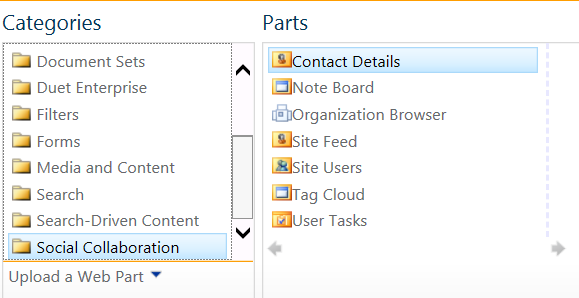A rather huge (though known) consequence of the login change was the effect it had on OneNote. With regular OneNote files, it was possible to reconnect the file fairly easily following the steps below. For staff and class notebooks it was another matter and we ended up needing to recreate those from scratch.
OneNote files located in SharePoint
Those who are using OneNote to access files located on SharePoint should only need to log out of Office and then log back in.
- FILE tab
- Account
- Sign Out
- Acknowledge all the warnings, and shut down all of your Office programs
- Open OneNote again
- FILE tab
- Account page
- Click Sign In
- Log in with your “pid@starfleet.com”
- The next screen will allow you to enter your password
- Making sure the checkbox “keep me signed in” is on so you only have to log in one time
- It should automatically connect all your services again
- Go to the Home tab
- Check all your notebooks
OneNote files in OneDrive
For those who have OneNote files that live on your OneDrive, follow the steps below.
To reconnect your file from within OneNote:
- Right-click on the OneNote file, choose properties
- Click on Change Location…
- Click in the location bar at the top of the page, and remove w2k_ from the address
Alternatively, you can close your OneDrive OneNote file, then go to your OneDrive online, open it in a browser, and then click Edit in OneNote. If you have more than one, do these steps one book at a time so you don’t forget which books you’re supposed to have connected to your OneNote.
For OneNote files that live in someone else’s OneDrive, you would follow the same procedure as above, or you might be best to close the OneNote file, then go to your OneDrive online, click Shared with Me, and locate the folder or the file, then click Edit in OneNote.






















